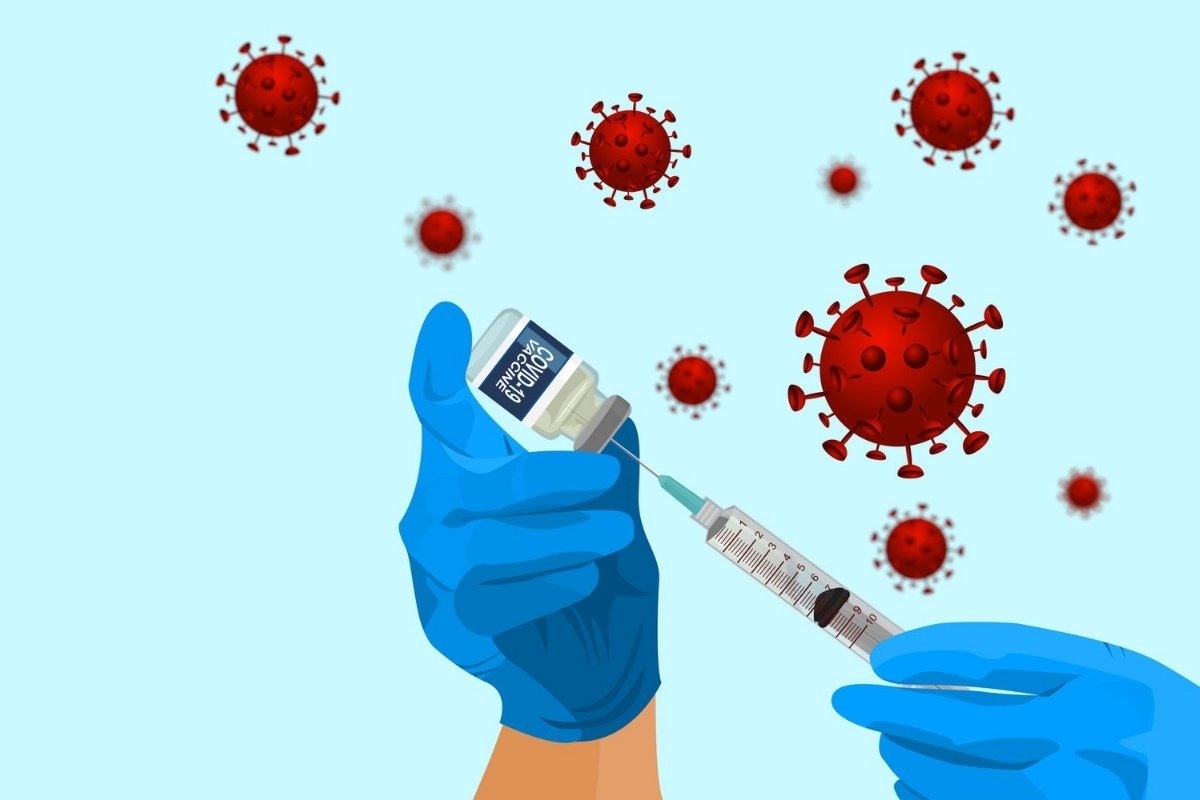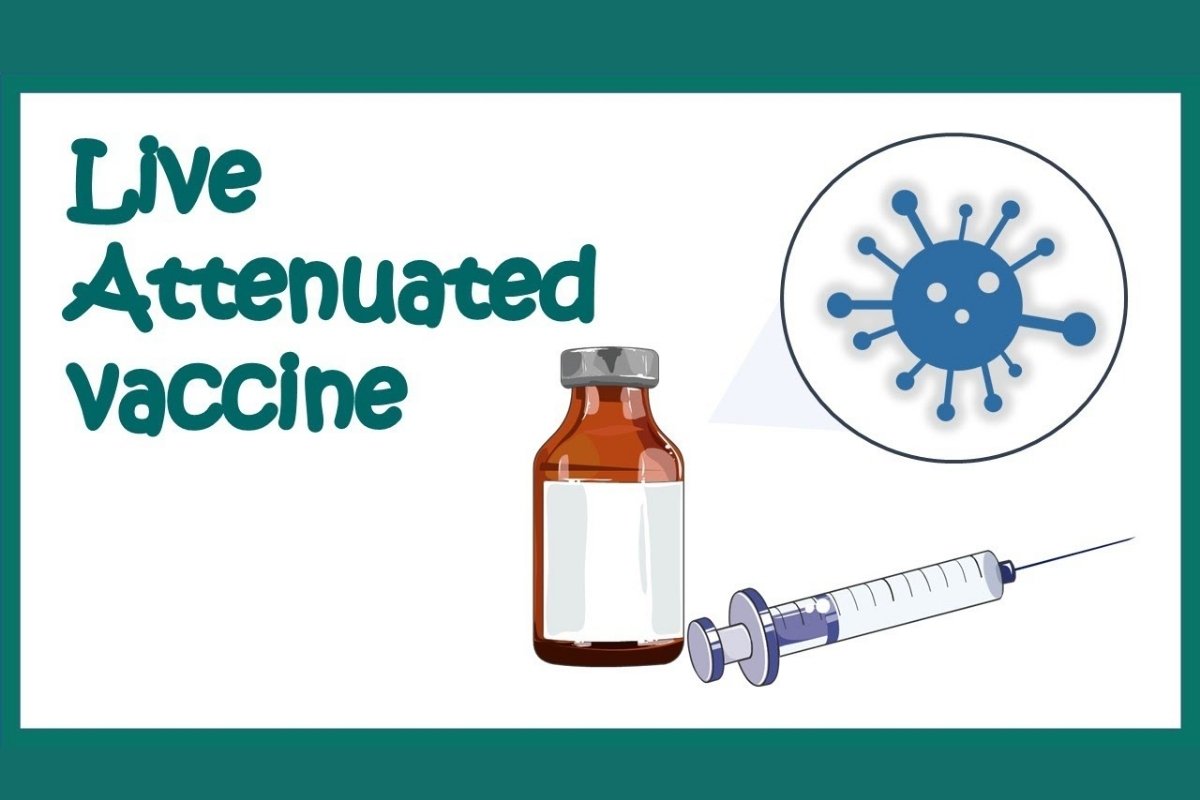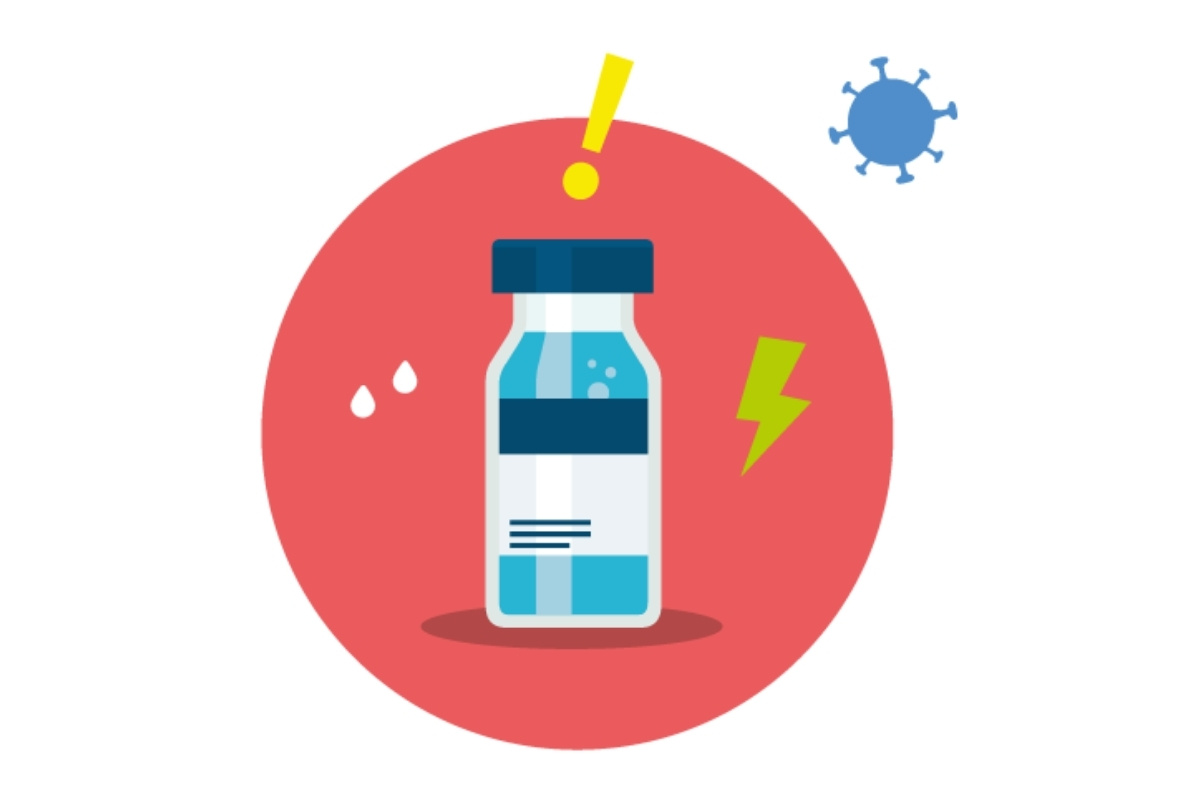Vaccines have been one of the most groundbreaking advancements in medical science, saving millions of lives each year. They help protect individuals and communities from infectious diseases by training the immune system to recognize and fight harmful pathogens. But how exactly do vaccines work? In this article, we will explore the science behind immunization, different types of vaccines, and why they are crucial for public health.

The Immune System and How It Fights Infections
To understand how vaccines work, it’s essential to know how the immune system operates. The immune system is the body’s defense mechanism against infections. It consists of specialized cells, such as white blood cells, antibodies, and the lymphatic system, which work together to identify and eliminate harmful pathogens like viruses and bacteria.
When a pathogen enters the body, the immune system responds by producing antibodies—proteins that specifically recognize and neutralize the invader. Once the infection is eliminated, the immune system retains a “memory” of the pathogen, allowing it to mount a faster and stronger response if the same pathogen is encountered again. This process is the foundation of immunity.
Read more: Cloud Computing vs. Edge Computing: What’s the Difference?
How Vaccines Train the Immune System
Vaccines mimic a natural infection, stimulating the immune system without causing illness. They contain weakened, inactivated, or parts of a pathogen, which trigger an immune response. As a result, the body produces antibodies and memory cells that recognize the pathogen in the future, preventing severe illness or complications.
There are several types of vaccines, each designed to create immunity in different ways:
1. Live Attenuated Vaccines
These vaccines use a weakened form of the virus or bacteria that is unable to cause severe disease but still stimulates a strong immune response. Examples include:
- Measles, mumps, and rubella (MMR) vaccine
- Chickenpox vaccine
- Yellow fever vaccine

2. Inactivated Vaccines
Inactivated vaccines contain killed or inactivated versions of the virus or bacteria. While they do not provide immunity as strong as live vaccines, they are safer for individuals with weakened immune systems. Examples include:
- Polio vaccine (IPV)
- Hepatitis A vaccine
- Rabies vaccine
3. Subunit, Recombinant, and Conjugate Vaccines
These vaccines use only specific components of a pathogen, such as proteins or sugar molecules, to generate an immune response. They are highly effective and safe. Examples include:
- Hepatitis B vaccine
- HPV vaccine
- Whooping cough (pertussis) vaccine
4. mRNA Vaccines
mRNA vaccines are a newer technology that provides genetic instructions to cells, enabling them to produce a harmless protein found on the virus’s surface. This triggers an immune response. Examples include:
- COVID-19 vaccines (Pfizer-BioNTech, Moderna)
5. Viral Vector Vaccines
These vaccines use a harmless virus as a carrier to deliver genetic instructions for making a viral protein, prompting the immune system to respond. Examples include:
- Johnson & Johnson COVID-19 vaccine
- Ebola vaccine
The Importance of Herd Immunity
Vaccination doesn’t just protect individuals—it also benefits the community through herd immunity. When a significant portion of the population is vaccinated, the spread of disease is reduced, protecting those who cannot be vaccinated, such as newborns, individuals with allergies to vaccine components, or people with weakened immune systems.
Common Myths and Misconceptions About Vaccines
Despite the overwhelming scientific evidence supporting vaccines, misinformation persists. Here are some common myths debunked:
- Myth: Vaccines cause autism.
- Fact: Extensive research has shown no link between vaccines and autism. The claim originated from a fraudulent study that has since been debunked.
- Myth: Natural infection is better than vaccination.
- Fact: While natural infection can create immunity, it comes with severe risks. For example, getting measles naturally can lead to complications like pneumonia and brain swelling. Vaccines provide immunity without the dangers of the disease.
- Myth: Vaccines contain harmful toxins.
- Fact: Some vaccines contain small amounts of preservatives or stabilizers, but these are in doses far below harmful levels. Ingredients like aluminum and formaldehyde are used in tiny amounts and are also found naturally in foods and the environment.

Why Vaccination is Crucial for Public Health
Vaccines have played a key role in eliminating and controlling many deadly diseases. Thanks to widespread immunization, diseases like smallpox have been eradicated, and polio is near elimination. Vaccines continue to save lives by preventing outbreaks and protecting vulnerable populations.
Conclusion
Understanding how vaccines work helps us appreciate their importance in disease prevention and public health. By stimulating the immune system without causing illness, vaccines provide protection against dangerous infections. The scientific evidence overwhelmingly supports vaccination as a safe and effective way to protect individuals and communities.
Getting vaccinated is not just a personal choice—it’s a responsibility that contributes to the well-being of society. Stay informed, trust science, and ensure that you and your loved ones are protected through immunization.


